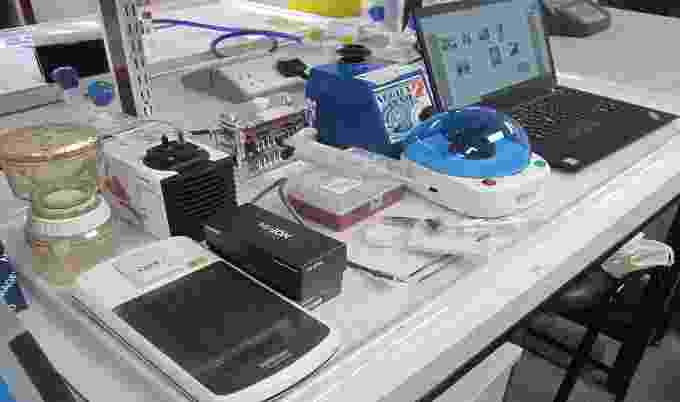Faecal pollution source tracking in the holy Bagmati River
by portable 16S rRNA gene sequencing
25 February 2021


Authors: Kalyan Pantha, Kishor Acharya, Sanjeeb Mohapatra, Santosh Khanal, Niroj Amatya, Carolina Ospina-Betancourth, Giacomo Butte, Suman Dhun Shrestha, Prajwal Rajbhandari, and David Werner
A suitcase laboratory was used for 16S rRNA amplicon sequencing to assess microbial water quality in the holy Bagmati River, Kathmandu, Nepal. SourceTracker analysis and Volcano plots revealed that microbial communities in the downstream part of the river were mainly contributed by untreated sewage. Seasonal variability in the sewage microbiome was reflected in the downstream river water quality. The bacterial genera Acidovorax, Geobacillus and Caulobacter predominated in the upstream sites, while genera containing putative human pathogens and gut bacteria, such as Clostridium, Prevotella, Arcobacter, Lactobacillus, Enterococcus and Streptococcus become prominent in the downstream sites. Marker gene qPCR assays for total bacteria, total coliforms, Human E. coli, Arcobacter butzleri and Vibrio cholerae confirmed the sequencing data trends. Even though basic sanitation provision is nowadays near universal in Nepal, our findings show how inadequate wastewater management may turn an urban river into an open sewer, which poses a public health risk.



